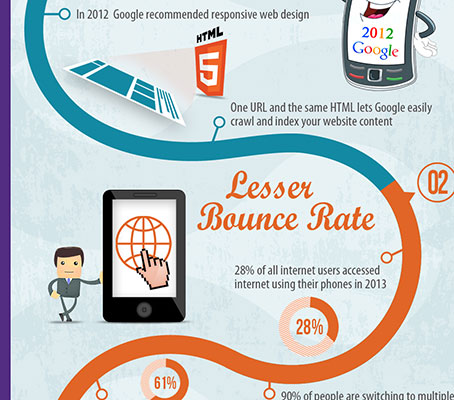Interested In Discovering Exactly How Web Site Style Has Developed Over The Years? Check Out The Journey From Simple Layouts To User-Centered Methods
Interested In Discovering Exactly How Web Site Style Has Developed Over The Years? Check Out The Journey From Simple Layouts To User-Centered Methods
Blog Article
Short Article Created By-Booker Hyldgaard
In the past, web sites were straightforward and focused on info. Navigating was direct, and style was for desktops. Now, customer experience is key. Data guides layouts for simple navigation. Responsive layouts suit different tools. Today, dark mode reduces strain, and minimal food selections enhance navigation. Interactive attributes involve users, and vibrant visuals stand out. AI combination improves engagement. See exactly how layout has developed to improve your on-line journey.
Early Days of Website Design
In the very early days of web design, simplicity preponderated. Internet sites were standard, with limited shades, font styles, and layouts. The emphasis got on giving information rather than flashy visuals. Individuals accessed the net with slow dial-up connections, so speed and functionality were key.
Navigating menus were straightforward, normally situated at the top or side of the page. Websites were created for computer, as mobile surfing wasn't yet prevalent. Web content was king, and developers prioritized simple readability over complex layout aspects.
HTML was the primary coding language used, and developers had to function within its constraints. Animations and interactive features were very little compared to today's criteria. Sites were static, with little dynamic web content or personalized individual experiences.
Rise of User-Focused Design
With the evolution of site style, a change towards user-focused layout principles has come to be increasingly famous. Today, producing internet sites that prioritize user experience is important for involving visitors and accomplishing business goals. User-focused design includes understanding the needs, preferences, and actions of your target market to tailor the website's design, web content, and includes as necessary.
Developers now conduct thorough research study, such as individual surveys and usability testing, to gather understandings and feedback directly from individuals. This data-driven method aids in producing instinctive navigating, clear calls-to-action, and visually attractive interfaces that reverberate with site visitors. By positioning the individual at the center of the layout procedure, websites can provide a more individualized and pleasurable experience.
Receptive layout has likewise emerged as a key facet of user-focused design, guaranteeing that internet sites are optimized for various tools and display dimensions. This versatility improves access and use, satisfying the varied ways customers interact with internet sites today. Essentially, the rise of user-focused design indicates a shift towards developing digital experiences that focus on the requirements and assumptions of the end customer.
Modern Trends in Website Design
Check out the most up to date trends forming web design today. One noticeable fad is dark setting style, providing a sleek and contemporary appearance while reducing eye strain in low-light atmospheres. An additional essential trend is minimal navigating, streamlining menus and boosting individual experience by focusing on essential elements. Incorporating micro-interactions, such as animated buttons or scrolling results, can create a much more interesting and interactive website. Responsive design stays vital, guaranteeing smooth individual experiences throughout different gadgets. Additionally, using strong typography and asymmetrical formats can include aesthetic rate of interest and accentuate details content.
Incorporating AI innovation, like chatbots for customer support or personalized recommendations, boosts customer engagement and streamlines procedures. Accessibility has additionally come to be a significant trend, with developers focusing on comprehensive layout methods to deal with varied user needs. Embracing sustainability by optimizing site efficiency for speed and performance is one more arising fad in web design. Teaming up with https://www.financemagnates.com/thought-leadership/are-algorithms-becoming-essential-for-digital-marketing-campaigns/ and information analytics to iterate and boost layout continuously is necessary for remaining relevant in the ever-evolving digital landscape. By embracing these contemporary patterns, you can develop a visually attractive, straightforward internet site that reverberates with your target market.
Final thought
As you assess the evolution of site design from the very early days to currently, you can see exactly how user-focused style has actually become the driving pressure behind contemporary patterns.
Welcome the trip of modification and adjustment in website design, always maintaining the individual experience at the center.
Remain present with the most up to date patterns and technologies, and never quit progressing your strategy to produce aesthetically spectacular and straightforward web sites.
Progress, adapt, and develop - the future of website design remains in your hands.
